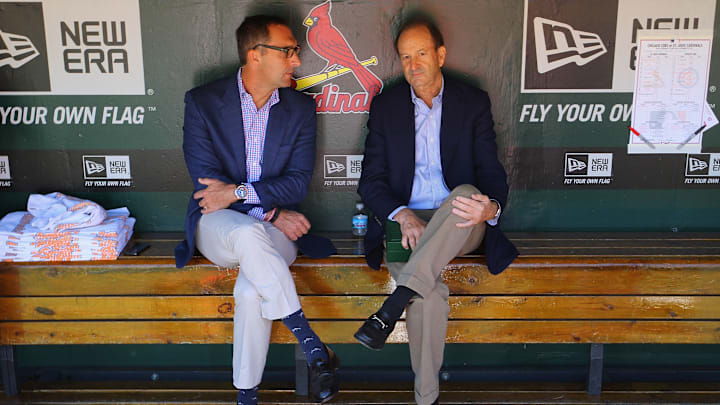Goal #2: Improving Farm System Depth
The second part of the trade deadline sell off was to build up the farm system depth. The Cardinals minor league teams have been struggling of late. While the goal of a minor league team isn't necessarily to win a lot of games, winning usually is a strong indicator of player performance and talent.
The Memphis Redbirds haven't posted an above-.500 season since 2018 (mind you, the 2020 season was cancelled), Springfield hasn't had a winning record since 2017, and Peoria hasn't seen a season better than .500 since 2016. The minor league teams needed help, badly. By trading away major league players with expiring contracts, the hope was that minor league talent could be brought back, especially players who could help the major league team in the near future.
Anytime an organization gets more prospects than it gives away, the minor league rosters will see a boost. Garnering 10 players in a variety of positions and a variety of levels provides immediate help to minor league teams. The pitchers will slot in at various levels, primarily double-A Springfield and triple-A Memphis. It is expected that the Cardinals will promote some current AAA players to the major league roster (Zach Thompson), so the new prospect acquisitions will backfill the holes that are created.
The front office was able to add two top non-pitching prospects in Thomas Saggese and Cesar Prieto, both infielders. Saggese seems to be of the Brendan Donovan mold, someone who can play a variety of positions well, gets on base at a steady clip, and has decent power. He was also given Texas' True Ranger award for "representing its core values on and off the field", so he brings along a strong personality and clubhouse presence. Prieto, meanwhile, has shown strong power potential in the minor leagues. His contact and plate discipline, however, have taken a hit in exchange. Prieto appears to be primarily a third basemen who can play second base well additionally.
Goal #2 Grade: A-
The Cardinals added 6 top-30 organizational prospects this deadline. That alone beefs up the minor league system and farm depth. They also brought in a catcher in Sammy Hernandez who could show some potential down the road and some back-end pitchers to provide depth below the major-league level. While it would have been nice to acquire some top-100 talent, getting the prospects they did sure helps the farm system depth.
